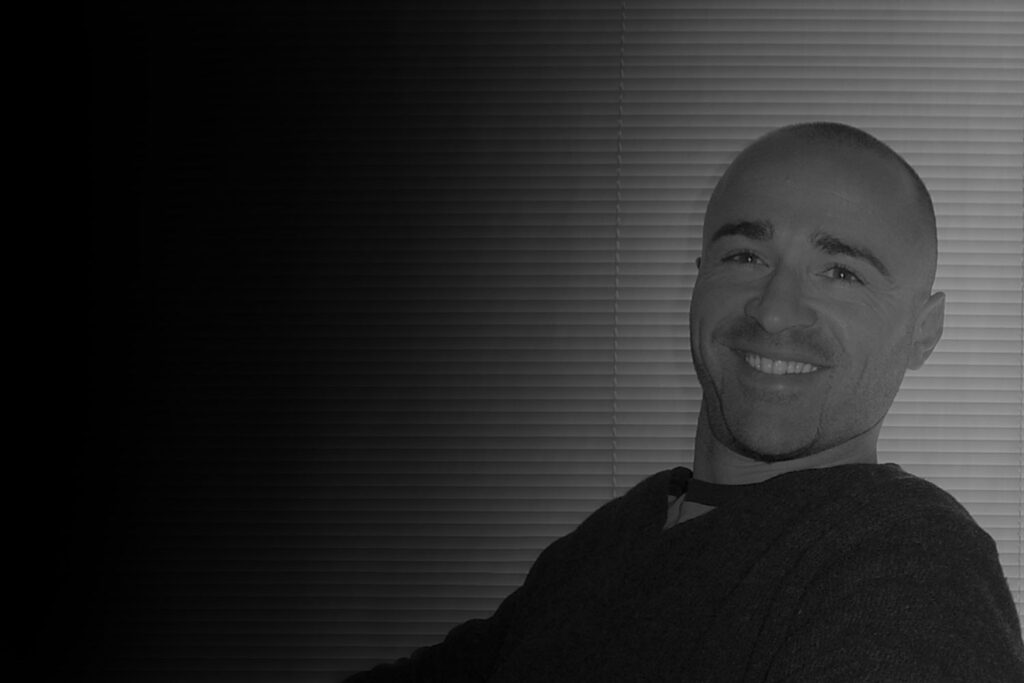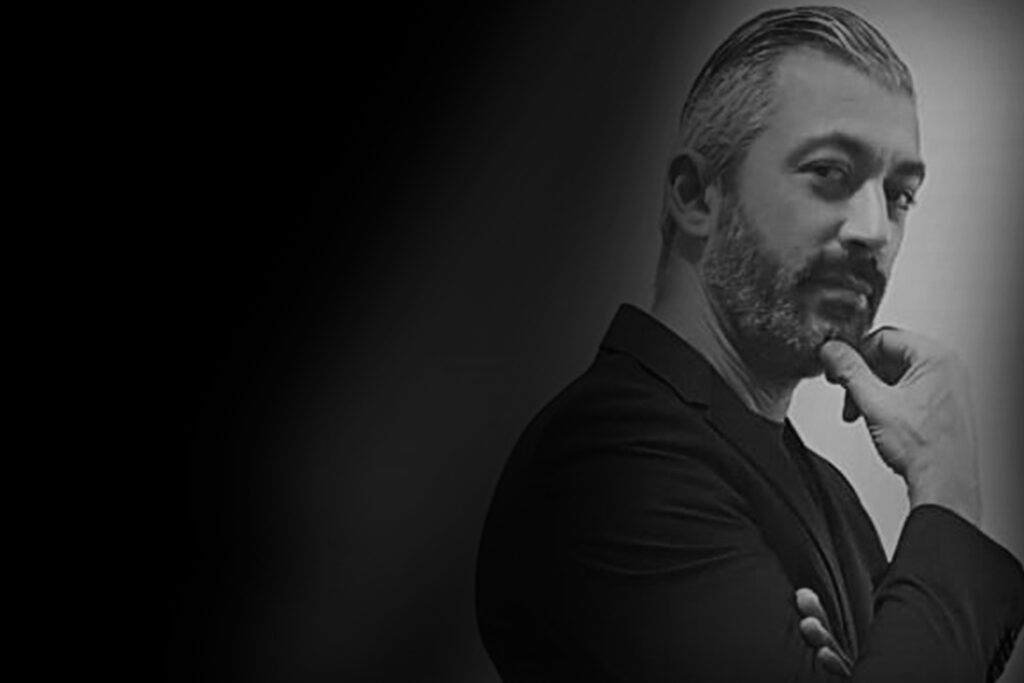Le design ne concerne pas seulement l'apparence du produit ou l'effet qu'il produit pour le tenir dans la main. Le design, c'est comme ça que ça marche
Steve Jobs
Christophe Pillet
La lucidité de l’expression et la recherche de la simplicité sont les maîtres mots : dans l’œuvre de Christophe Pillet l’élégance est optimisée. La parfaite maîtrise de la sensualité et du raffinement de Pillet en fait l’un des rares créateurs français à avoir acquis une reconnaissance mondiale en créant des hôtels, des boutiques et en dirigeant des projets artistiques aux États-Unis, en Grande-Bretagne et au Japon. Il a acquis une renommée internationale pour l’éventail et la qualité de ses créations. Architecture, objets, mobilier, direction artistique, sa signature est invariablement associée aux plus belles marques : Lacoste, Jean-Claude Jitrois, Catherine Malandrino, Lancel, Le Tannneur International… L’ampleur et la variété de ses projets partagent une attitude commune, indépendante de l’échelle. Que ce soit en tant que directeur du design pour Lacoste, ou dans des collaborations au long cours avec Driade, Cappellini, Emu, Porro ou Serralunga, ses interprétations réfléchies témoignent d’un chic survolté, qui se distingue à la fois par sa précision et sa rigueur. Si un « style Pillet » existe, c’est dans sa capacité à cristalliser, au sein d’un projet, l’excitation d’une proposition.


Simone Micheli
Simone Micheli founded the Architecture Studio in 1990 and in 2003 he created the architecture company Simone Micheli Architectural Hero together with Roberta Colla. The society is based in Florence, Milan, Puntaldìa, Dubai, Rabat and Busan. His professional activity ranges from master plans and architecture to interior, from design to visual, through graphics, communication and event organization. His creations, always sustainable and environmentally conscious, are characterized by a strong identity and uniqueness. Many are his creations for public administrations and important private clients connected to the community and to the residential world. He is the curator of thematic exhibitions – contract, but not only – at the main international architecture, design and hospitality fairs. In collaboration with Roberta Colla and his team of professionals, he holds masters, conferences, workshops and lectures at universities, cultural institutes and institutions in many cities around the world. His works have been featured in the most important international exhibitions as well as in Italian and international newspapers, magazines and periodicals. www.simonemicheli.com
Eric Berthes


Alessandro Elli
Pietro Arosio
After graduating from the Institute of Applied Arts in Monza, he gained further experience working in the research centre of AF&F, a company specializing in the production of metal furniture for public spaces. This experience helped Pietro Arosio to cristallize and define the design philosophy which he would follow in the future as an industrial designer.
In 1972 he opened his own business, and he began designing kitchens in 1978, work which gained recognition when he won the first Casaviva d’Oro prize in 1983.
Some of his work has been displayed at the Victoria and Albert Museum in London and at the Die Sammlung museum of modern art in Munich.


Stefano Bigi
John Ash
In 1966 he attended the Brighton School of Architecture and from 1969 to 1973 he studied commerce at Hertford University.
In 2004 he changed the brand name to Espacio adding some of the best Italian furniture design brands.


Elisabetta Garoni
After gaining experience collaborating with several well-known design and architecture studios, since 2001 she has been working autonomously in several different sectors. She opened « Studio DAC » (Design Architecture Colour) in Milan where she works mostly in Industrial Design and Colour & Texture design, working in close contact with companies to research and develop new materials and chromatic coordination. The project Matrioska was chosen for the Macef Design competition in 2002 which was dedicated to tables;
Sabina Sallemi
Graduated in architecture from the Polytechnic of Milan in 1995. Immediately after collaborated as a researcher for the Domus Academy Research Centre and organised research seminars for the Polytechnic of Milan.


Gino Caolautti
Art Institute, Castelmassa (RO), 1958
PROFESSIONAL PROFILE
He began by collaborating as an interior designer on transatlantic liners such as the Andrea Doria, the Guglielmo Marconi, the Raffaelle and the Michelangelo. Afterwards he worked on the planning and design of several school buildings including the interior design. He designed several public spaces and in 1977 he became interested in industrial design, which soon became his primary professional activity.
He works with the most prestigious companies in the sector, bringing together an artistic sensibility with functionality and affordable prices, being both creative and expert in several technologies.
Guido Rosati



